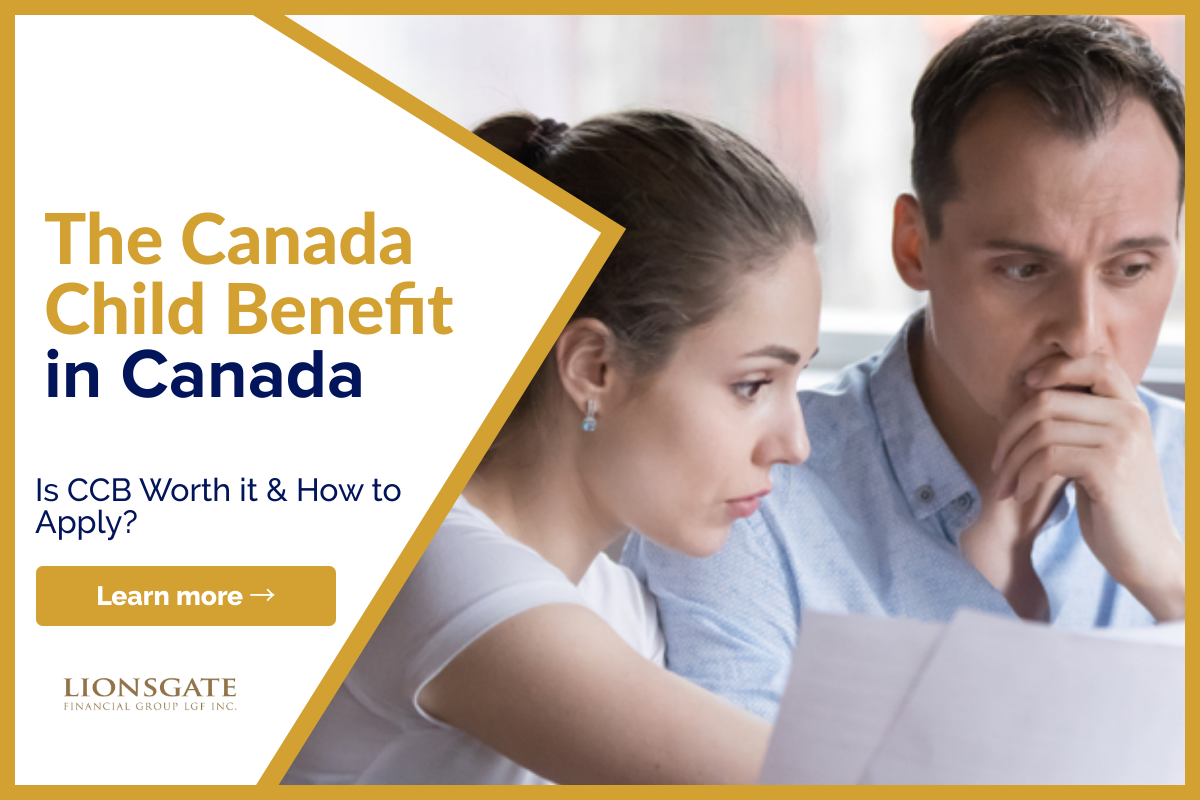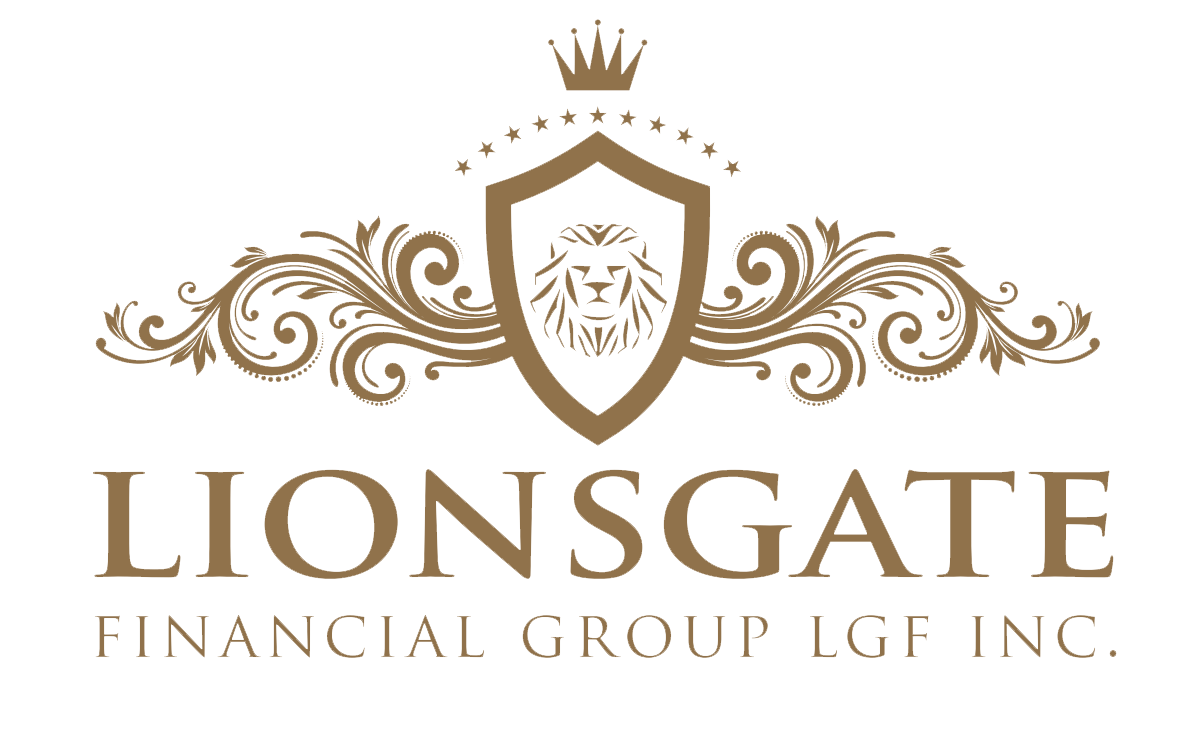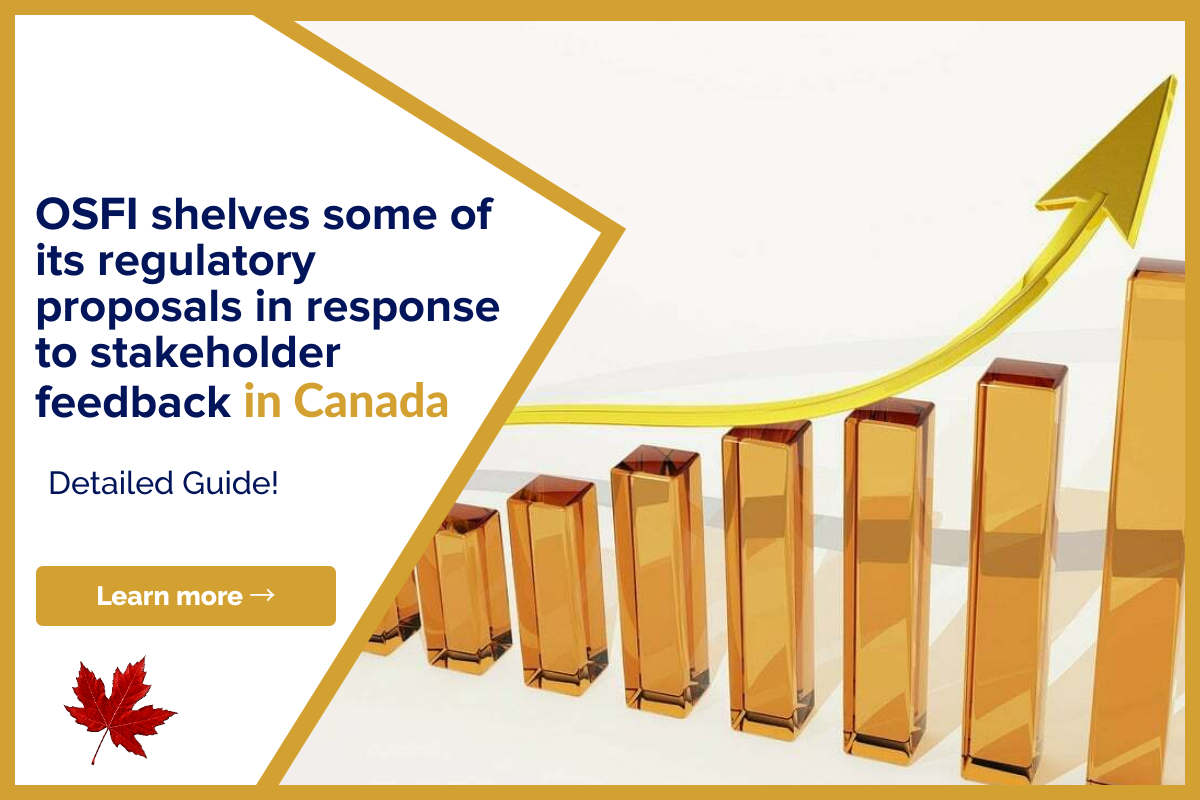During the early days of the mortgage business, brokers would require a lot of paperwork…

The Canada Child Benefit: How to Apply?
Now you can listen to our blog, “The Canada Child Benefit: How to Apply?” while on the go.
The Canada Child Benefit (CCB) is a government-funded tax-free payment to qualifying families with children under the age of 18.
The program’s goal is to help families cover the costs of raising their children. According to the Canada Revenue Agency, the CCB can also include the child disability benefit and equivalent provincial and territory programs if you are the parent of a child with a severe and long-term impairment.
 Who is Eligible to Participate?
Who is Eligible to Participate?
The individual who is primarily responsible for caring and raising the child in a two-parent or single-parent household should apply for the CCB. The following are the government’s requirements for being the primary caregiver:
- You keep an eye on the child’s everyday activities and requirements.
- You ensure that the child’s medical requirements are addressed.
- When necessary, you make arrangements for child care.
According to the Canada Revenue Agency, you must meet all of the following conditions to be eligible for the CCB:
- You must reside with the youngster, who must be under the age of eighteen.
- You must take primary responsibility for the child’s care and upbringing.
- For tax purposes, you must be a Canadian resident.
- You, your spouse, or your common-law partner must be a Canadian citizen, a permanent resident, a protected person. It can even be a temporary resident who has lived in Canada for the preceding 18 months and has a valid permit in the 19th month or an Indian as defined by the Indian Act.
If you’re divorced or separated and split custody of your child, the CRA will very certainly need you to verify that you’re sharing custody equally. That means you’re both caring for your child around half of the time. As a result, both parents would receive half of the CCB payment if he/they were the only caregiver. Contact the CRA for further information on this topic.
Is CCB Worth it?
The CCB is computed for each family depending on the number of children living with them, their ages, the family’s net income, and whether or not your child is eligible for the child disability benefit. The basic CCB for each eligible kid under the age of six is $6,400 per year. For each eligible child between the ages of six and 17, it is $5,400 per year.
The money can be used for everything from college savings to buying shoes and clothes to groceries, depending on where you are in your family’s growth and financial planning. When your adjusted family net income exceeds $30,000, the CRA will cut these sums. To see what benefits you might be eligible for, use the CRA’s online child and family benefits, calculator.
How does Canada Child Benefit Work?
To receive the CCB, you must file your tax return every year. Even if you had no income, and your spouse or common-law partner must do the same. In a two-income home, only one parent is eligible for the benefit.
If you qualify, you will get CCB benefits for a period of 12 months, from July to June of the following year. Your benefit payments will be reassessed in July based on the information you provided on your previous year’s income tax and benefit return. Payments may begin as soon as the following month after you become eligible, assuming you are still eligible at the beginning of the current month.
How to Apply for Canada Child Benefit?
Complete the Canada Child Benefits Application (RC66) form to apply for the Canadian Child Benefit (CCB).
You may need to supply supporting evidence. It includes verification of immigration status in Canada and proof of birth if you are applying for the first time.
Children who were born outside of Canada or who were born in Canada but are 1 year or older.
More information regarding what papers can be used as proof can be found on the CCB application form. Photocopies, not originals, should be sent.
This might be a perplexing procedure. Contact the Canada Revenue Agency or a settlement agent if you require additional information or assistance.
What address should I use to mail my application?
When your CCB application is complete, mail it to a tax services office near you, along with any other required papers or documentation.
What happens once I submit my application?
Within 80 calendar days of submitting your CCB application, you will get a Canada Child Benefit Notice. The message will inform you of the amount of your benefit (if any) and how it was determined.
Even if you have no income to report, you and your spouse or common-law partner must submit separate tax returns each year to continue receiving the CCB.
If I have a newborn in Ontario, how can I apply?
If you have a child in Ontario, you can use ServiceOntario’s 4-in-1 Newborn Bundle to apply for all child benefits. This service helps you receive a birth certificate and a Social Insurance Number (SIN) for your child, as well as register you for any child benefits you may be entitled to.
Can I Increase My Child Tax Benefits in Canada?
Because CCB payments (and most provincial equivalents) are dependent on household income, any deductions from the net income you report on your taxes will go toward raising your family’s baby bonuses. Keep receipts for things like relocation, medical treatment, union dues, and (most importantly) child care so you can deduct them as expenses. Parents are allowed to deduct as much as they choose…
- $8,000 per child for healthy children under the age of seven
- $5,000 for children aged seven to sixteen
- $11,000 for children under the age of 18 who are disabled and rely on others
Here are a few instances of child care expenses that are tax-deductible:
- Daycares \ Nurseries \ Nannies
- Camps for the day
- Boarding schools for the night
Another wonderful piece of advice is to contribute as much as possible to your RRSP. Because RRSP contributions are not taxed, you can invest more money into the future while increasing your chances of obtaining a larger baby bonus.
Remember that Canada Child Benefits aren’t taxable income, so knowing what you may deduct equates to free money, which can make a big difference when money is tight.
Important Note: The CCB has replaced the Canada Child Tax Benefit (CCTB), the National Child Benefit Supplement (NCBS), and the Universal Child Care Benefit (UCCB) as of July 1, 2016. (UCCB). You do not need to apply for the CCB if you have already received CCTB or UCCB.
The Bottom Line
At Lionsgate, we specialize in helping people obtain funding private mortgages for land purchases as well as for other real estate transactions. If you are looking to buy land in Canada, get a mortgage or apply for a loan, leave us a message and we will try to connect you with local realtors and sourcing for financing.
If you found this article helpful, please share it with someone you care about. Also, visit our blog to read similar articles on mortgages.





